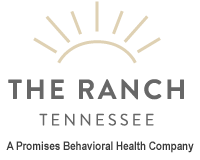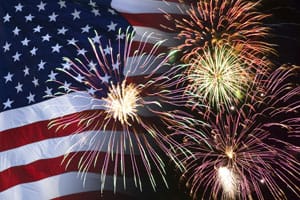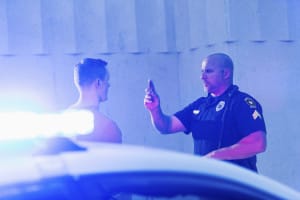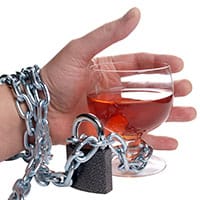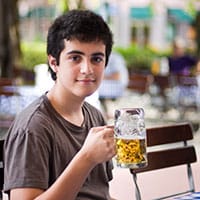When it comes to drinking and driving in the United States, not all days of the year are created equal. Certain days, most of them national holidays, see major spikes in the number of fatal road accidents that involve a person behind the wheel who is under the influence.
New Year’s Eve/New Year’s Day
For most people, the celebration of the New Year begins during the evening of December 31st. But the most dangerous time for drunk driving actually comes on New Year’s Day, in the early hours between midnight and 5:00 in the morning. This is the time when revelers who have watched the ticking of of the clock begin to head home, and when all too many of them unwisely decide to drive despite the alcohol in their systems. In an average year, around 50 percent of the fatal road accidents around New Year’s involve at least one drunk driver. Although the deadliest drunk driving days do vary somewhat from year to year, New Year’s is always among the worst and often hits the top spot.
The Fourth of July
The Fourth of July, or Independence Day, is also routinely among the worst days when it comes to fatal road accidents involving impaired drivers. Like New Year’s Eve, the Fourth of July often involves parties and quite a bit of drinking. But July 4th parties tend to take the form of afternoon barbeques or other outside celebrations, which often wind down after the traditional fireworks displays have concluded. This means that drunk driving incidents are more concentrated on the 4th itself, rather than on the morning of the 5th. According to statistics complied by the Insurance Institute for Highway Safety (IIHS) between 2005 and 2009, 42 percent of fatal road accidents on the Fourth of July involved an impaired driver. During this time period, Independence Day came in second to New Year’s in terms of the percentage of fatal crashes that involved drinking. The position at which the Fourth of July falls among each year’s worst drunk driving days often depends on whether or not the holiday falls on a Friday or Monday, creating a long weekend (as it will in 2014). Unlike New Year’s Day, July 4th parties fall on the national holiday rather than before, which mellows many mid-week celebrations by people who have to report to work in the morning.
St. Patrick’s Day
Technically, the third worst offending day for drunk driving (according to the 2005-2009 IIHS data) is the 18th of March. But the reason this day appears so high on the list is because of March 17th—St. Patrick’s Day. If there is one holiday that emphasizes consuming alcohol (at least in the United States), it’s St. Patrick’s Day. As a result, driving impaired in the early hours of the following day has become a major problem.
Thanksgiving
Thanksgiving is traditionally a family holiday and not as strongly associated with parties and drinking as other national holidays. Nevertheless, the holiday is all about eating, and a certain amount of drinking almost always comes with it. But even more significantly, Thanksgiving is the heaviest travel day of the year as people travel to connect with relatives. With so many people on the road, the number of accidents is bound to increase.
Staying Safe on Holidays
Days on which the alcohol flows freely involve hazards for everyone. Both drinkers and non-drinkers want to be careful and alert during these times to avoid running into disaster. These and other holidays are often serious triggers for people who are in recovery for alcoholism or other substance abuse problems. Many people in this situation need strategies or extra support to help them stay sober while still feeling included in festivities. Of course, these are also days when many people who do not have an established substance abuse problem find themselves making poor choices. The social and widespread nature of alcohol consumption makes it easier to get out of control without realizing it. Finally, people who choose not to drink or who stay below the legal driving limit need to be aware that they are not immune from drunk driving accidents. Driving home late at night or in the early hours of the morning remain hazardous because of the number of other people on the road who may have been drinking. Driving with extra caution or taking alternate modes of transportation are wise choices.
